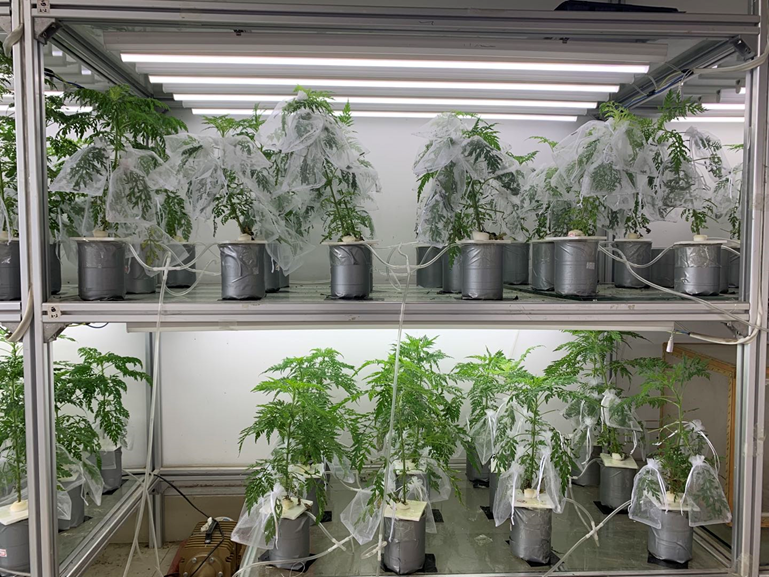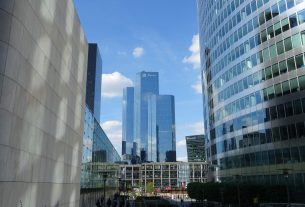Zhenlong Xing, from Jianqing Ding’s lab, Henan University, discusses his article: ‘Foliar herbivory-enhanced mycorrhization is associated with increased levels of lipids in root and root exudates.’
Background
At 8:45 p.m., October 21, 2020, the master candidate, Zhongyue Zhang, ran towards me, exclaiming “It is very surprising, the [Arbuscular Mycorrhizal] AM colonization rates are nearly 100% in herbivory plant roots.”
Given that foliar herbivores and mycorrhizal fungi compete for photosynthetic carbon from the same plants, theoretically they should adversely affect each other. Most evidence supports this hypothesis and indicates that herbivory suppresses AM colonization, at least for plants suffering from longterm or high intensity herbivory.
However, in our study the leaf area removed by insect herbivores was almost 100% for herbivory treatment plants. This result indicated that heavy herbivory can cause higher levels of AM colonization. Hence, a doubt arose in my mind, how and why is root colonization by AM fungi increased by herbivory?

Our study
To confirm this surprising phenomenon, we first conducted experiments with different herbivory intensities and durations. The results showed that AM colonization increased with herbivory intensities, regardless of feeding durations. To delve into the causes, we also asked: does mechanical damage have similar effects as real insect herbivory? We found that only real insect herbivory, and not mechanical damage, increased AM colonization. Consequently, we further asked: what is the role of insect oral secretions? The results indicated that treatment with mechanical damage combined with oral secretions leads increased AM colonization.
Following these findings, we also wondered: how will the AM fungal communities in roots and rhizosphere soils change with foliar herbivory? Together with Prof. Yu Shi, a microbial ecologist, we explored AM fungal community responses to foliar herbivory. Interestingly, we found that the relative abundance of members of the Glomus genus were increased when plants were attacked by foliar herbivores.
After confirmed the “surprising” results, we conducted chemical analyses and additional experiments to reveal the mechanisms behind the observed phenomenon. Our recent study demonstrated that root flavonoids may mediate the responses of AM fungi to insect herbivory in Triadica seedlings. Hence, we assessed the contents of phenols and flavonoids in plant leaves and roots. Unexpectedly, root phenols and flavonoids were decreased by foliar herbivory in Ambrosia and they were negatively correlated with the AM colonization.
The carbon theory predicts that herbivory-modified carbon allocation to AM fungi determines the AM colonization responses. Sugars and lipids are the primary carbon resources that plants supply to AM fungi. Therefore, we assessed the content of sugars and fatty acids in roots. The results showed that sugars were reduced by herbivory while fatty acids were increased. In addition, AM colonization increased linearly with increasing concentrations of six fatty acids.
Beside root chemicals, herbivore-induced metabolic changes to root exudates may also modulate plant-AM associations. We thus collected root exudates after foliar herbivory and determined their widely targeted metabolome. Consistent with root chemical analyses, we found that the relative abundance of lipids in root exudates was increased and phenols were decreased after herbivory. We further confirmed the role of root exudates by applying them to undamaged plants: AM colonization of undamaged plants was increased after adding root exudates from herbivory plants.
Significance
We showed that changes in fatty acids are associated with enhanced mycorrhization after foliar herbivory. We first addressed the role of lipids in interactions between insect herbivores and root-associated microbes, providing novel insights into above- and below-ground interactions. Our results further shed light on the role of AM fungi in plant resistance and tolerance to aboveground herbivores.





